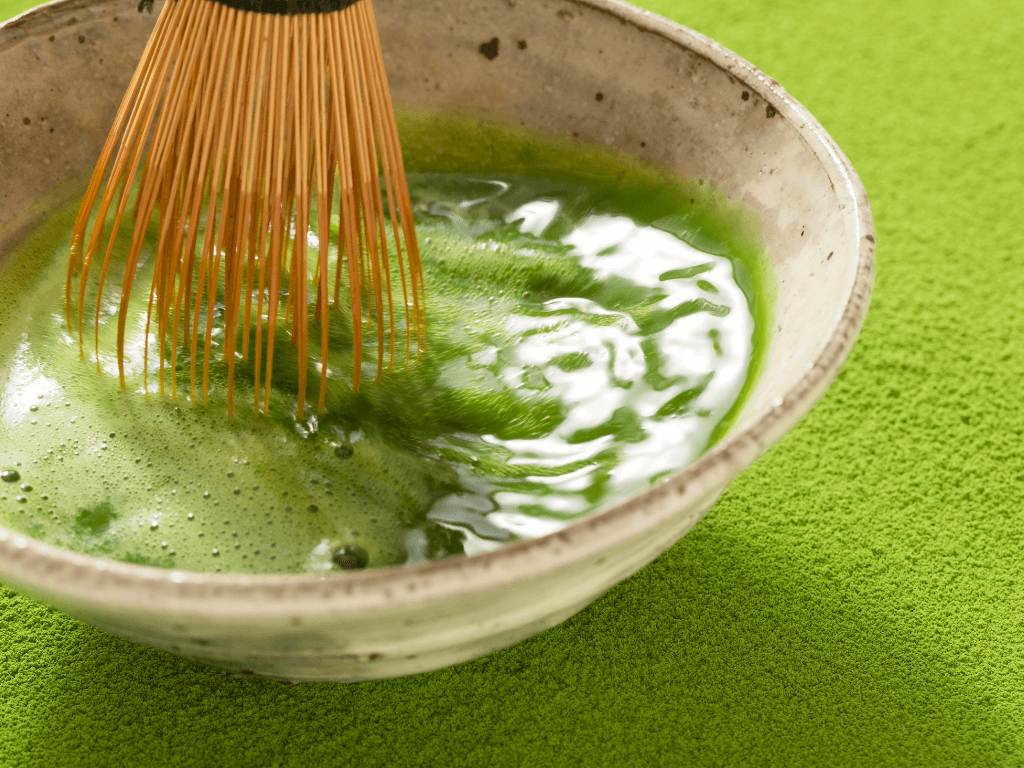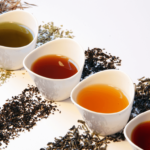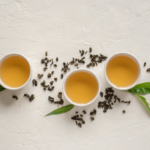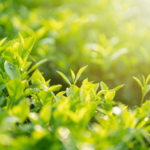- The Green Tea Spot
- Types Of Green Tea
- Matcha Green Tea Guide: Grades, Uses, and Tips for Freshness
Matcha Green Tea Guide: Grades, Uses, and Tips for Freshness

Matcha Tea Guide: Grades, Uses, and Tips for Freshness
- Matcha Tea Guide: Grades, Uses, and Tips for Freshness
- What Is Matcha?
- How to Store Matcha for Maximum Freshness
- How to Choose the Best Matcha Powder
- Matcha FAQs: Common Questions Answered
- The Two Main Grades of Matcha
- A Brief Look at Matcha’s Cultural History
- A Balanced Look at Wellness and Matcha
- How to Make and Use Matcha at Home
- Where to Find Quality Matcha at a Good Price
- Final Thoughts
Matcha is a vibrant and finely ground Japanese green tea that has gained global attention for its unique flavor and cultural importance. In this guide, you'll explore the different types of matcha, how to select high-quality powder, and the best ways to store and enjoy it at home. Whether you're just starting or already a matcha enthusiast, this article will help you make the most of this iconic Japanese tea.
What Is Matcha?
Matcha is a powdered green tea made from shade-grown leaves of the Camellia sinensis plant. This process enhances chlorophyll production, resulting in its signature bright green color. After harvesting, the leaves are steamed, dried, and ground using traditional stone mills to produce an ultra-fine powder.
Unlike regular steeped teas, matcha is whisked directly into water, allowing you to consume the entire tea leaf. It is traditionally used in Japanese tea ceremonies and is appreciated for its balanced flavor and smooth texture.
How to Store Matcha for Maximum Freshness
Matcha is sensitive to air, moisture, heat, and light. To keep it fresh and flavorful:
Use an airtight container (preferably opaque and non-reactive).
Store in a cool, dark place away from heat or sunlight.
Refrigeration can help extend freshness—store in the back of the fridge, not the door.
Avoid odors: Keep away from foods like garlic or onions, as matcha can absorb strong smells.
Let refrigerated matcha reach room temperature before opening to avoid condensation.
Proper storage can help maintain matcha’s vibrant color and smooth taste for several months.
How to Choose the Best Matcha Powder
Not all matcha is the same. Here are a few key things to consider:
Grades of Matcha
Ceremonial Grade – Made from young, delicate leaves. Smooth and slightly sweet, ideal for drinking straight.
Culinary Grade – Made from more mature leaves. Slightly more bitter, great for mixing into lattes, desserts, or recipes.
What to Look For
Color – A bright, vibrant green often indicates higher quality.
Texture – Fine and silky, without clumps.
Origin – Japanese matcha, especially from regions like Uji and Nishio, is often considered premium due to traditional cultivation methods.
Choose your grade based on how you plan to use it—ceremonial for traditional tea, culinary for cooking and baking.
Matcha FAQs: Common Questions Answered
What's the difference between ceremonial and culinary matcha?
Ceremonial matcha is meant for traditional tea preparation with just hot water, while culinary matcha is intended for mixing with other ingredients.
The flavor, texture, and price differ accordingly.
Can matcha be used in recipes?
Absolutely! Culinary-grade matcha works well in:
Lattes
Smoothies
Baked goods like cookies and cakes
Savory dishes and sauces
Start with small amounts and adjust based on flavor intensity.
The Two Main Grades of Matcha
Ceremonial Grade
Smooth, mild, and slightly sweet
Best for traditional drinking methods
More expensive due to selective harvesting and fine processing
Culinary Grade
Stronger, slightly bitter taste
Affordable and versatile for cooking
Ideal for experimenting with recipes
Both grades may come in higher or lower quality tiers. Higher ceremonial matcha is often more vibrant and delicate, while high-end culinary matcha provides bold flavor with less bitterness.
A Brief Look at Matcha’s Cultural History
Matcha’s origins date back to ancient China, but its ceremonial use developed in Japan. Buddhist monks embraced matcha for meditation due to its calming and focusing effects. Over time, it became a symbol of Japanese hospitality, tradition, and mindfulness.
Today, matcha continues to be part of tea rituals while also appearing in modern recipes and cafés worldwide.
A Balanced Look at Wellness and Matcha
Many people enjoy matcha for its naturally occurring compounds. While not a cure or treatment, matcha is appreciated for:
Being rich in antioxidants (such as catechins)
Containing L-theanine, often associated with a calm focus
Having moderate caffeine for a gentler energy lift
Adding variety to hydration routines without added sugars
These qualities make matcha a flavorful option for those seeking balance and calm in their day.
How to Make and Use Matcha at Home
To Prepare Traditional Matcha
You’ll need:
A matcha bowl
A bamboo whisk (chasen)
A bamboo scoop (chashaku)
High-quality matcha powder
Steps:
Warm the bowl with hot water, then dry.
Use the scoop to measure 1–2 grams of matcha.
Add a small amount of hot water (around 160–175°F or 70–80°C).
Whisk in a zigzag motion until frothy.
Other Creative Ways to Use Matcha
Mix into smoothies or protein shakes
Add to yogurt or oatmeal
Use in desserts like ice cream or cheesecake
Add to savory sauces or marinades
Experiment with small amounts to find the right balance for your tastes.
Where to Find Quality Matcha at a Good Price
To find high-quality matcha:
Buy from specialty tea retailers (online or in-store)
Check the origin, preferably from Japan
Look for reviews or certifications of authenticity
Buy in small quantities first to test freshness and flavor
Buying in bulk can offer savings, but proper storage is essential to maintain quality.
Final Thoughts
Matcha is more than a trend—it’s a centuries-old tradition with deep cultural roots and diverse uses. Whether you enjoy it as part of a quiet morning routine or as a versatile ingredient in your kitchen, matcha offers flavor, focus, and a touch of ceremony in every cup.
Disclaimer: This content is for informational purposes only and does not provide medical or nutritional advice.
Types of Green Tea: Best Varieties and Health Benefits Explained
Is Lipton Green Tea Good for You
Chinese Green Tea: Types, Benefits, and How to Brew It
Leave a Reply Cancel reply
- The Green Tea Spot
- Types Of Green Tea
- Matcha Green Tea Guide: Grades, Uses, and Tips for Freshness




Related Posts